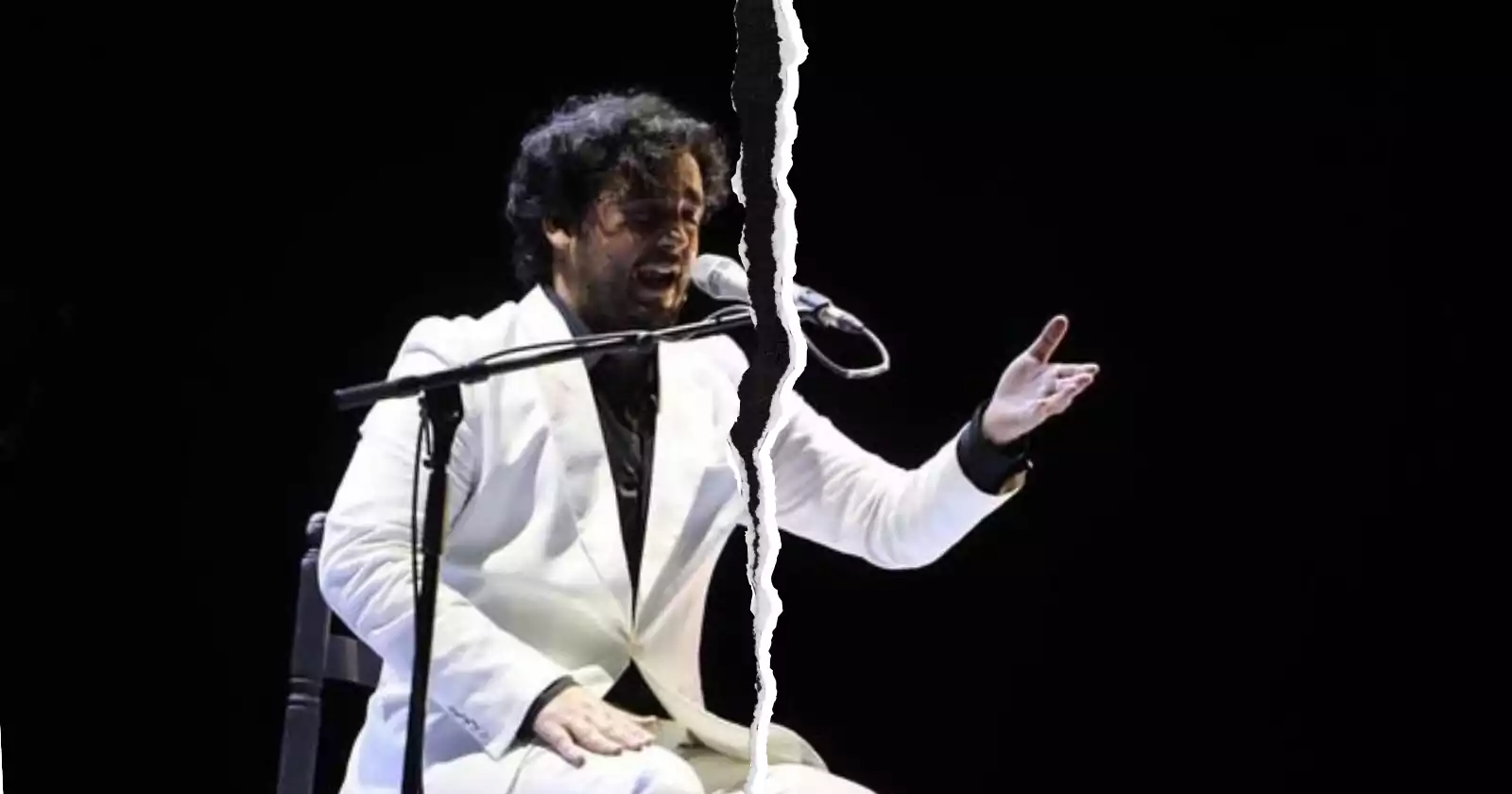Ismael de la Rosa, known as “El Bola,” is a name that resonates with the passion of humble hearts. In a phone conversation, he shares the temperament that defines many artists. A delicate note from his throat can stir the senses, plunging us into a near-cathartic experience. Ismael hails from Triana, a place steeped in tradition, where his family, the Fernández lineage, has deep roots. These artists from Triana had to leave their homeland in the mid-20th century, but their legacy lives on.
A Year to Remember
Just about a year ago, Ismael was performing flamenco for thousands of people at C. Tangana’s final concert in Spain. It was an unforgettable night at the Plaza de España in Seville, his hometown. Singing for a crowd of 20,000, surrounded by family, and friends, and knowing he was soon headed to Latin America made it an extraordinary and magical evening.
Reflecting on the Past Year
The past year has been a transformative one for Ismael’s career. He’s worked not only with C. Tangana but also with renowned artists like Farruquito, the dancer Alfonso Losa, and guitarist Yerai Cortés. Balancing these two facets of his career has been a wonderful experience, motivating him and reaffirming his presence in the world of music.
Charting a Path for the Future
Ismael belongs to a generation, alongside Yerai Cortés and Israel Fernández, that is poised to breathe new life into flamenco. They understand the essence of flamenco and the importance of preserving its roots. Their mission is to ensure that their audience feels at least half of the passion they have for this art form.
The Changing Face of Flamenco
Flamenco today is a far cry from what it once was. It’s no longer confined to the margins; it’s become mainstream. Ismael acknowledges this shift and the fact that their generation didn’t experience the hardships and struggles of their predecessors.
Flamenco’s Resurgence
The fusion of popular culture, urban music, and flamenco has placed flamenco at the center stage. Groups like La Plazuela are introducing new generations to flamenco. However, Ismael suggests that what’s being created now might be better termed “flamenquito” or “urban flamenco.” While it’s a positive trend, it’s distinct from the pioneering work of artists like Lole and Manuel.
Roots and Heritage
Ismael’s family, the Fernández lineage, has deep roots in Triana. They come from the ancient Triana, the Cava de los Gitanos. Despite the family’s history in Triana, they didn’t follow the path to Las Tres Mil Viviendas like many others. Instead, they settled in Camas, specifically La Pañoleta. Theirs is a true Gypsy family with a rich heritage.
The journey from Triana to the World
Ismael’s journey has taken him from the historic streets of Triana to places like the United States and Japan, where he has performed and left an indelible mark. Japan, in particular, has a deep appreciation for flamenco. Ismael has visited cities like Osaka and Tokyo multiple times, marveling at the country’s love for flamenco. His first trip to Japan was at the age of six when he accompanied his father to Disneyland Tokyo.
In the United States, Ismael’s father called him with an unexpected opportunity. He needed to replace him for a commitment to Madonna. Ismael spent ten days with the iconic singer in New York, and something extraordinary happened. Madonna was captivated by their flamenco performance. She couldn’t stop exclaiming, “Amazing, amazing,” with an astonished look on her face.
A Remarkable Experience
Ismael’s journey from Triana to the world has been nothing short of remarkable. His passion for flamenco, combined with his rich family heritage, is a testament to the enduring power of this art form. As he continues to take flamenco to new generations and audiences around the world, he keeps the spirit of Triana alive in his heart.

Leave a Reply